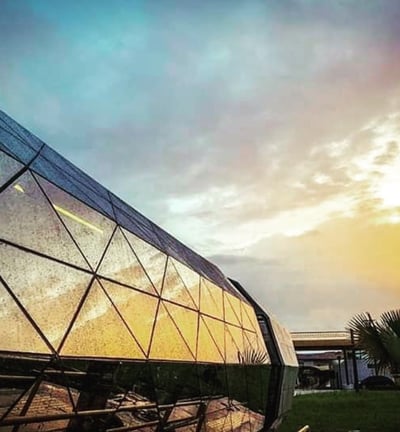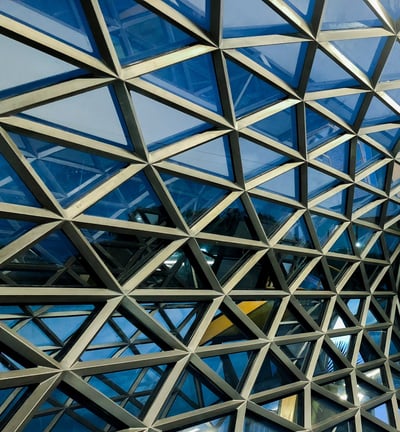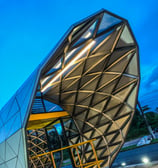Architectural Factors
Analysis of urban and architectural aspects.
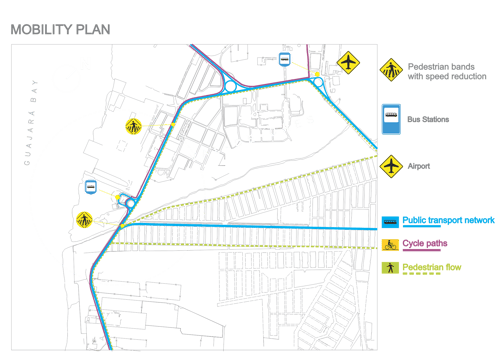

Mobility plan
The future of urban mobility is very dynamic and unpredictable, a scenario in which public facilities are subject to constant transformations over time. Thus, a modular and reversible structure was devised, a flexible model that adapts according to passenger demand. Connections will be made by two modes: Buses and public bicycles.


Sustainable building design through passive measures
Passive architecture strategies. Installation of the station in the direction of the prevailing winds, which allows cross ventilation inside. Insertion of silver reflective glass skin on the facades, which blocks 99.3% of direct solar radiation. Facades and coverage in aluminum panels with high thermal inertia. Thus, as a result of this sum of measures, we were able to obtain internal thermal comfort at ambient temperature levels.
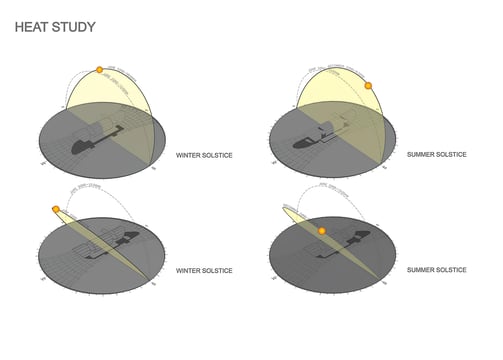

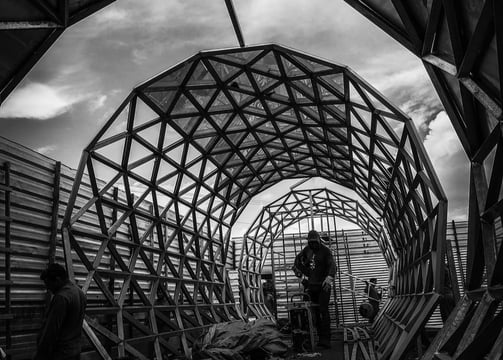

Heat Study
Passive architecture strategies. Installation of the station in the direction of the prevailing winds, which allows cross ventilation inside. Insertion of silver reflective glass skin on the facades, which blocks 99.3% of direct solar radiation. Facades and coverage in aluminum panels with high thermal inertia. Thus, as a result of this sum of measures, we were able to obtain internal thermal comfort at ambient temperature levels.
Community Impact and Resilience
Functionality and Flexibility: • Multifunctional spaces: Buildings designed with spaces that can be adapted for different uses, such as temporary shelters in the event of a disaster, increase the community's ability to respond and recover. Resilient infrastructure: The construction of disaster-resilient energy, water collection and sanitation systems, such as solar panels, ensures the basic functioning of the site in emergency situations.
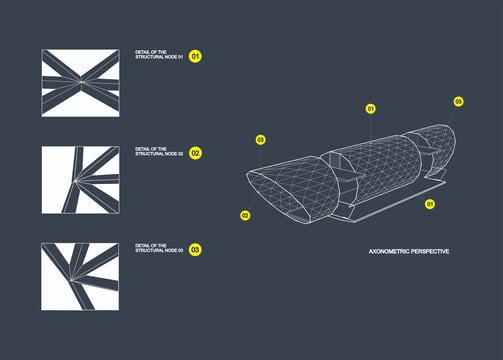

Structural Concept
Participatory Design
The station's design was born out of a public consultation, in which users defined 4 essential project premises as demands: Robustness of the equipment, low implementation and operating costs, environmental comfort and protection of users against bad weather. Given these basic concepts, we propose the use of materials with high resistance to weather, low maintenance costs, and the adoption of traditional elements of Amazonian architecture, such as ventilation fins on the roof and generous roof projections.


